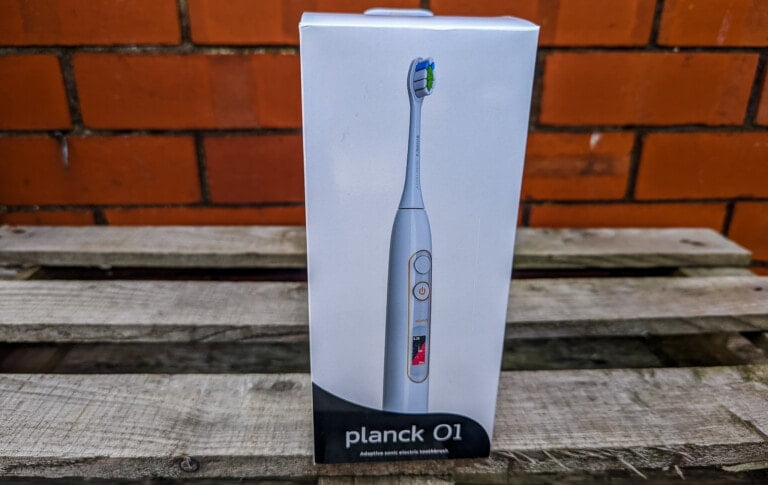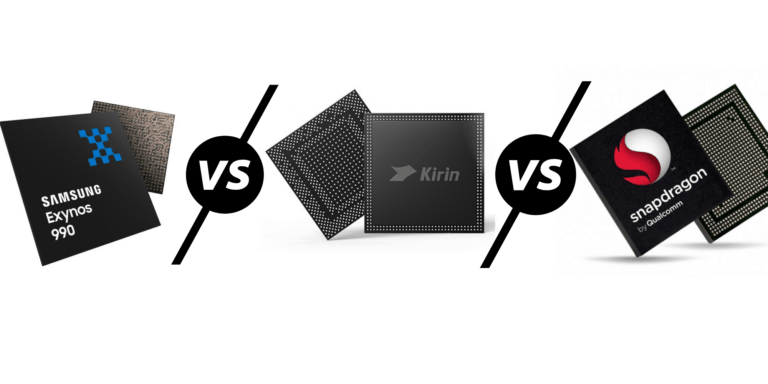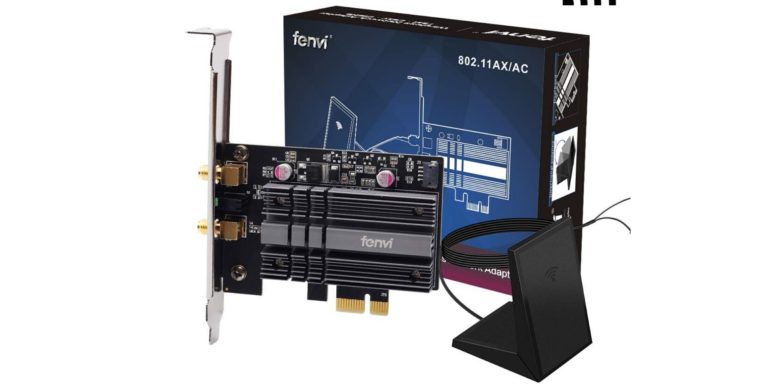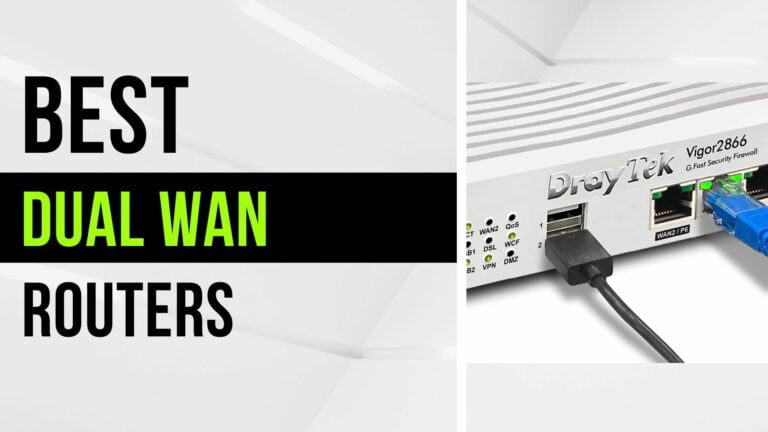Any links to online stores should be assumed to be affiliates. The company or PR agency provides all or most review samples. They have no control over my content, and I provide my honest opinion.
In the venture of acquiring a high-quality pair of headphones, you’re likely to cross paths with a few technical terms that may initially seem like a complex jargon, especially if you’re diving into the intricate world of audio technology for the first time.
For individuals who haven’t ventured deep into the headphone territory before, the terms ‘impedance’ and ‘sensitivity’ might appear as cryptic indicators. However, these are fundamental aspects that play a significant role in determining the performance and compatibility of headphones with various audio devices.
Understanding Impedance
Impedance, measured in Ohms (Ω), is a term that represents the resistance a device offers to the flow of an electrical current. In the realm of headphones, it’s a crucial metric that informs us about the power required to drive them.
Low Impedance Headphones
Headphones with low impedance (below 30Ω) are engineered to function efficiently with low-power devices like smartphones, portable music players, and laptops. They are more prone to blowouts when connected to high-power sources due to their low resistance to electrical current.
High Impedance Headphones
On the flip side, high impedance headphones (above 100Ω) demand more power to deliver high audio levels, making them a perfect match for studio equipment or home audio systems with robust amplification. They are revered for their ability to reduce electronic noise and offer a superior level of sound clarity.
The Implications of Sensitivity
Sensitivity, measured in decibels of sound pressure level per milliwatt (dB SPL/mW), mirrors the efficiency with which headphones convert an electrical signal into an audible sound. A higher sensitivity rating denotes that the headphones can yield a louder sound output for a given electrical input.
Balancing Act: Impedance and Sensitivity
The interplay between impedance and sensitivity is a balancing act that shapes the overall audio output. A pair of headphones with low impedance and high sensitivity will be easy to drive to loud volumes even with low-power devices. Conversely, headphones with high impedance and low sensitivity require a more robust power source to achieve the same audio levels.
Matching Headphones with Your Gear
The quest for impeccable sound quality often leads to the crossroads of matching your headphones with the right amplification. It’s not merely about achieving louder volumes but unveiling the full potential of your headphones.
Amps and DACs
Amplifiers (Amps) and Digital to Analogue Converters (DACs) are two quintessential components that can elevate your audio setup. While an amplifier boosts the power of the electrical signal, a DAC converts digital data into an analog signal, which is then channelled through your headphones.
The Synergy
Identifying the synergy between your headphones, amplifiers, and DACs can be a game-changer. It’s a journey of exploration that unveils the essence of sound quality, taking you a step closer to audio nirvana.
Making an Informed Choice
The labyrinth of headphone impedance and sensitivity might seem daunting initially, but with a deeper understanding, you’ll be well-equipped to make an informed choice. Whether you are an audiophile in pursuit of perfection or a casual listener, acknowledging the impact of impedance and sensitivity on your audio experience is the first step towards making a sound investment.
Key Takeaways
- Low impedance headphones are suited for low-power devices, while high impedance headphones pair well with high-power amplification.
- Sensitivity reflects the efficiency of headphones in converting electrical signals into sound.
- The interplay between impedance and sensitivity significantly impacts the audio output.
- Matching your headphones with the right amplification can unveil their full potential, providing a superior audio experience.
Every step forward in your audio journey is a step towards unravelling the pure essence of sound. The road might be filled with technical jargon, but the destination is worth every beat.
Conclusion
With all said and done, it’s pertinent to discuss how to apply this knowledge when on the hunt for your next pair of headphones. Your considerations should extend to the audio source you plan to use alongside them, and whether you have, or plan to invest in, an amplifier and a DAC to complement your setup.
If budget constraints are a reality, and splurging on additional gear isn’t a viable option, steering towards a pair of low impedance headphones is a sensible decision.
These will pair seamlessly with your smartphone or computer, and if you opt for a set with commendable sensitivity, achieving a robust volume level won’t be a concern.
Conversely, if your budget has room for manoeuvre, indulging in a pair of higher impedance headphones could be worth your while, provided you also invest in a suitable DAC and amplifier to match.
The amplifier isn’t just a requisite to operate them effectively; coupled with a DAC, it’s your ticket to extracting the fullest potential from your high impedance headphones with ease. Ultimately, the crux of the matter boils down to the level of audio quality you desire, and the amount you’re willing to part with to attain it.
The decision is highly personal, yet one capable of profoundly enhancing your audio listening journey. In the majority of instances, plugging your headphones into an audio source suffices for a musical escape.
Nonetheless, when venturing into the realm of higher-end headphones, extracting their optimum performance is the goal. Having invested a notable sum in acquiring them, it’s only natural to yearn for an audio experience that resonates with the manufacturer’s vision, isn’t it?
I am James, a UK-based tech enthusiast and the Editor and Owner of Mighty Gadget, which I’ve proudly run since 2007. Passionate about all things technology, my expertise spans from computers and networking to mobile, wearables, and smart home devices.
As a fitness fanatic who loves running and cycling, I also have a keen interest in fitness-related technology, and I take every opportunity to cover this niche on my blog. My diverse interests allow me to bring a unique perspective to tech blogging, merging lifestyle, fitness, and the latest tech trends.
In my academic pursuits, I earned a BSc in Information Systems Design from UCLAN, before advancing my learning with a Master’s Degree in Computing. This advanced study also included Cisco CCNA accreditation, further demonstrating my commitment to understanding and staying ahead of the technology curve.
I’m proud to share that Vuelio has consistently ranked Mighty Gadget as one of the top technology blogs in the UK. With my dedication to technology and drive to share my insights, I aim to continue providing my readers with engaging and informative content.




![Razer Blade Stealth 13″ Review – A 13″ 1.5kg portable powerhouse capable of playing Cyberpunk 2077 [Intel i7-1065G7 & Nvidia GTX 1650Ti]](https://mightygadget.com/wp-content/uploads/2020/12/Razer-Stealth-13-2020-review-feature-cyberpunk-768x424.jpg)


